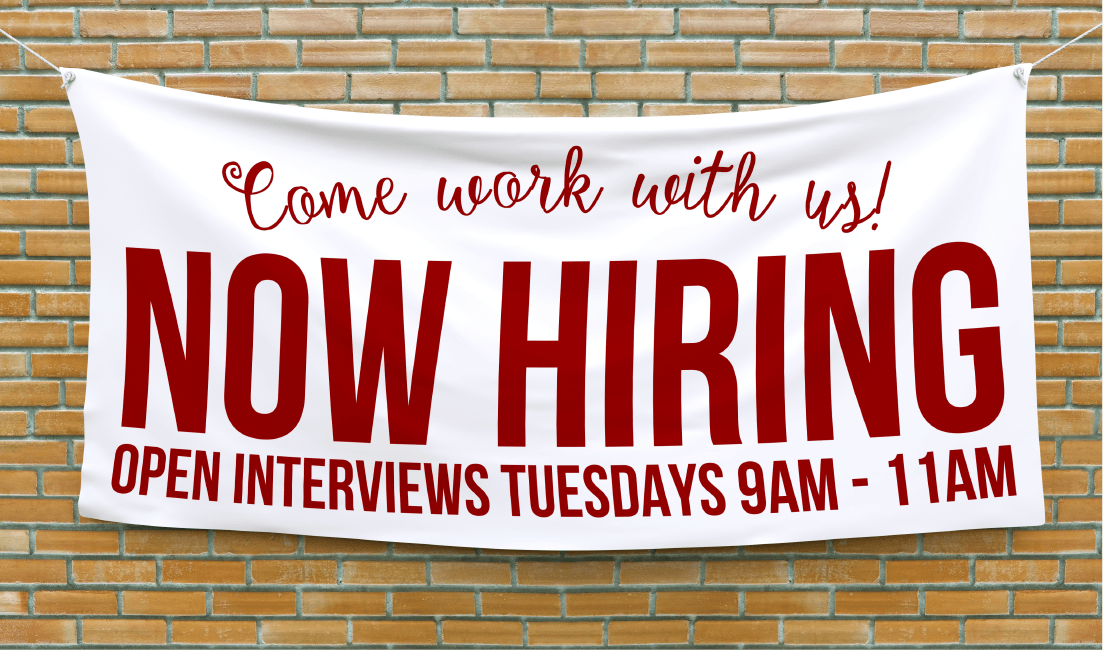The Kansas City Federal Reserve Bank takes a deep look into the problem faced by Oklahoma firms as well as those in virtually every other state in the nation—the inability to hire employees.
From one state to another, restaurants beg customers to understand why their meals aren’t being served quickly on time—they don’t have enough wait staff! They cannot hire employees.
The same plight faces manufacturers and consumers can take a drive down any business district street and read one “help wanted” sign after another.

When the pandemic-induced recession began 18 months ago, employment quickly plummeted. April and May 2020 produced some of the worst jobs numbers in U.S. and Oklahoma history. But a rapid economic recovery had Oklahoma’s headline labor market figures nearly at pre-COVID levels by summer 2021 stated the Federal Reserve Bank in a new report released this week.
Moreover, in July, more External Linkmanufacturers and External Linkservices firms in the Federal Reserve Bank of Kansas City’s Tenth District—which includes Oklahoma—reported worker shortages than at any time. This edition of The Oklahoma Economist seeks to identify the extent to which workers still are available in Oklahoma and show how firms are dealing with labor shortages.
After rising into double digits in spring 2020, unemployment rates in Oklahoma have fallen steadily (Chart 1). The current unemployment rate in Oklahoma, 3.5%, is nearly back to the record lows of around 3% recorded pre-COVID, and the same is true in the state’s two large metro areas of Oklahoma City and Tulsa. Indeed, in July 2021 there were only about 7,600 more unemployed people in Oklahoma than in January 2020, compared with the more than 175,000 additional unemployed Oklahomans at the peak in April 2020.[1] By contrast, the U.S. unemployment rate of 5.7% in July remained more than 2 percentage points above its pre-COVID levels of around 3.5%.
Click here for Kansas City Federal Reserve Bank






